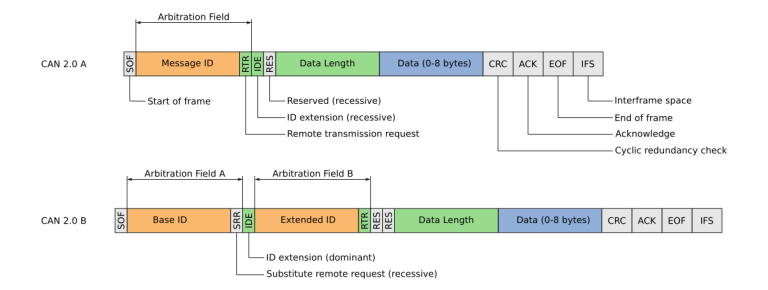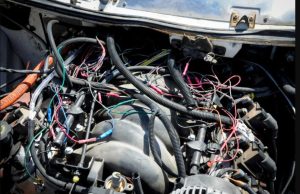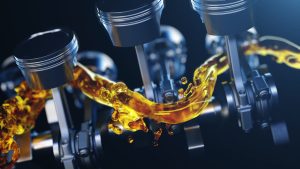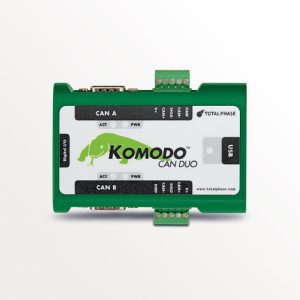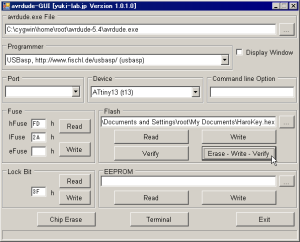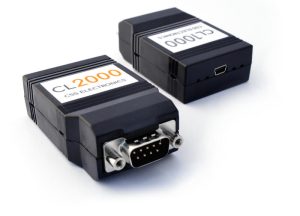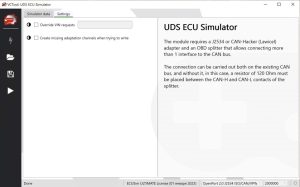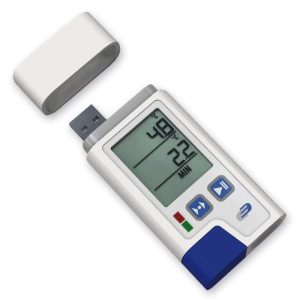CAN bus protocols are the backbone of modern communication systems used in automotive, industrial, and aerospace applications. These protocols provide a standardized way of transmitting data between different components of a system, allowing them to operate in harmony and communicate with one another. In this blog, we’ll explore the different types of CAN bus protocols and their applications.
CAN 2.0
CAN 2.0 is the most widely used CAN bus protocol, originally developed by Robert Bosch GmbH in the 1980s. It provides a reliable, efficient, and cost-effective way of transmitting data between different components of a system. CAN 2.0 has a maximum data rate of 1 Mbps and supports up to 8 bytes of data per message frame.
CAN FD
CAN FD (Flexible Data Rate) is an enhanced version of the CAN 2.0 protocol, developed to meet the increasing demand for higher data rates in modern communication systems. CAN FD has a maximum data rate of 5 Mbps and supports up to 64 bytes of data per message frame. It also provides improved error handling and increased bandwidth, making it ideal for applications that require real-time data transfer.
J1939
J1939 is a CAN bus protocol developed specifically for use in heavy-duty vehicles and off-highway equipment. It provides a standardized way of transmitting data between different components of a vehicle, such as the engine, transmission, and brakes. J1939 has a maximum data rate of 250 kbps and supports up to 1785 bytes of data per message frame.
CANopen
CANopen is a high-level protocol used in industrial automation and control systems. It provides a standardized way of transmitting data between different devices, such as sensors, actuators, and controllers. CANopen has a maximum data rate of 1 Mbps and supports up to 8 bytes of data per message frame. It also provides advanced features such as network management, device configuration, and synchronization.
DeviceNet
DeviceNet is a CAN bus protocol used in industrial automation and control systems. It provides a standardized way of connecting different devices, such as sensors, actuators, and controllers. DeviceNet has a maximum data rate of 500 kbps and supports up to 8 bytes of data per message frame. It also provides advanced features such as plug-and-play connectivity and device configuration.
In conclusion, CAN bus protocols are essential for modern communication systems to operate efficiently and reliably. By using standardized communication standards, different components of a system can communicate with one another seamlessly, making it possible to achieve the desired functionality. Whether it’s in automotive, industrial, or aerospace applications, CAN bus protocols are critical for ensuring the smooth operation of complex systems.

